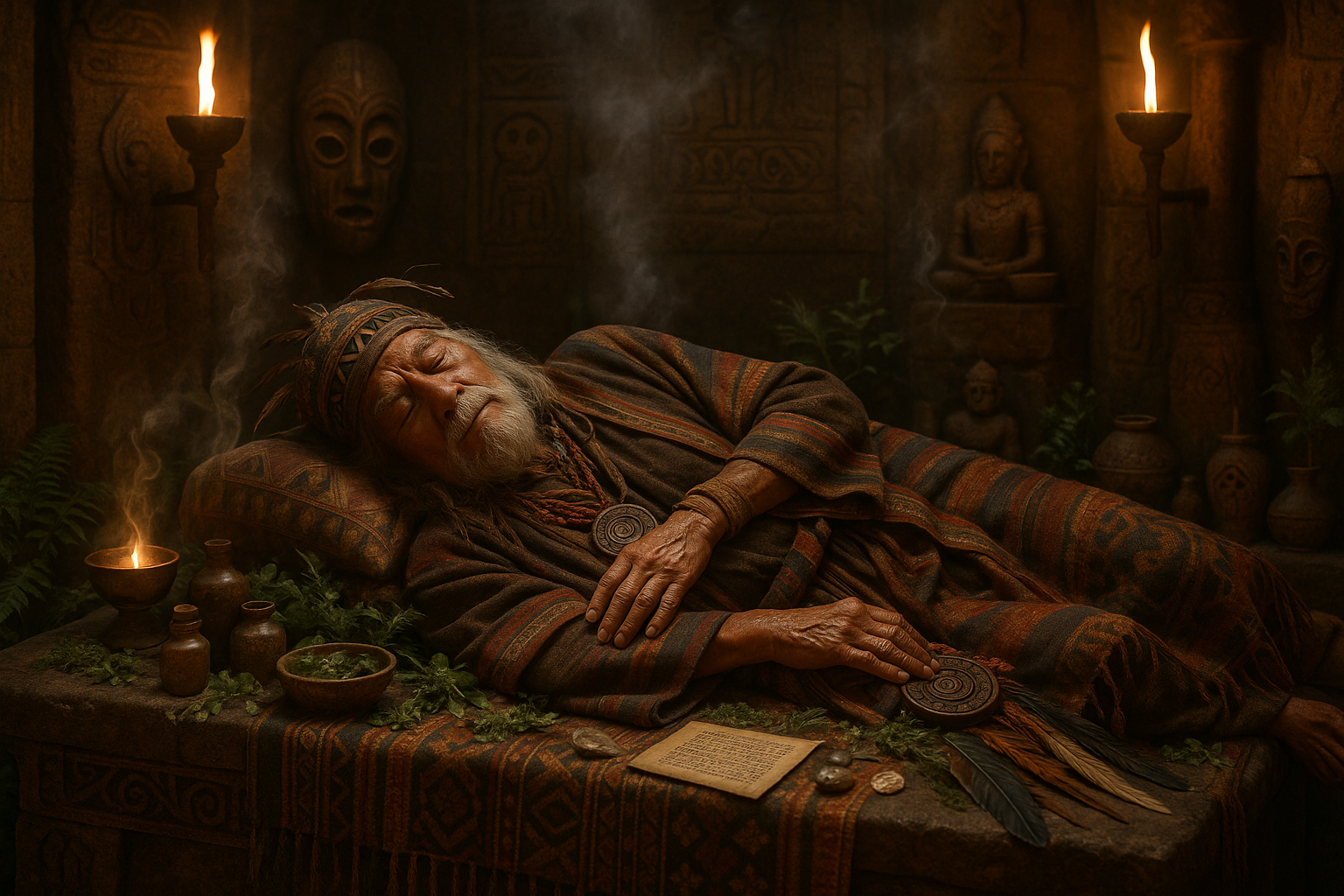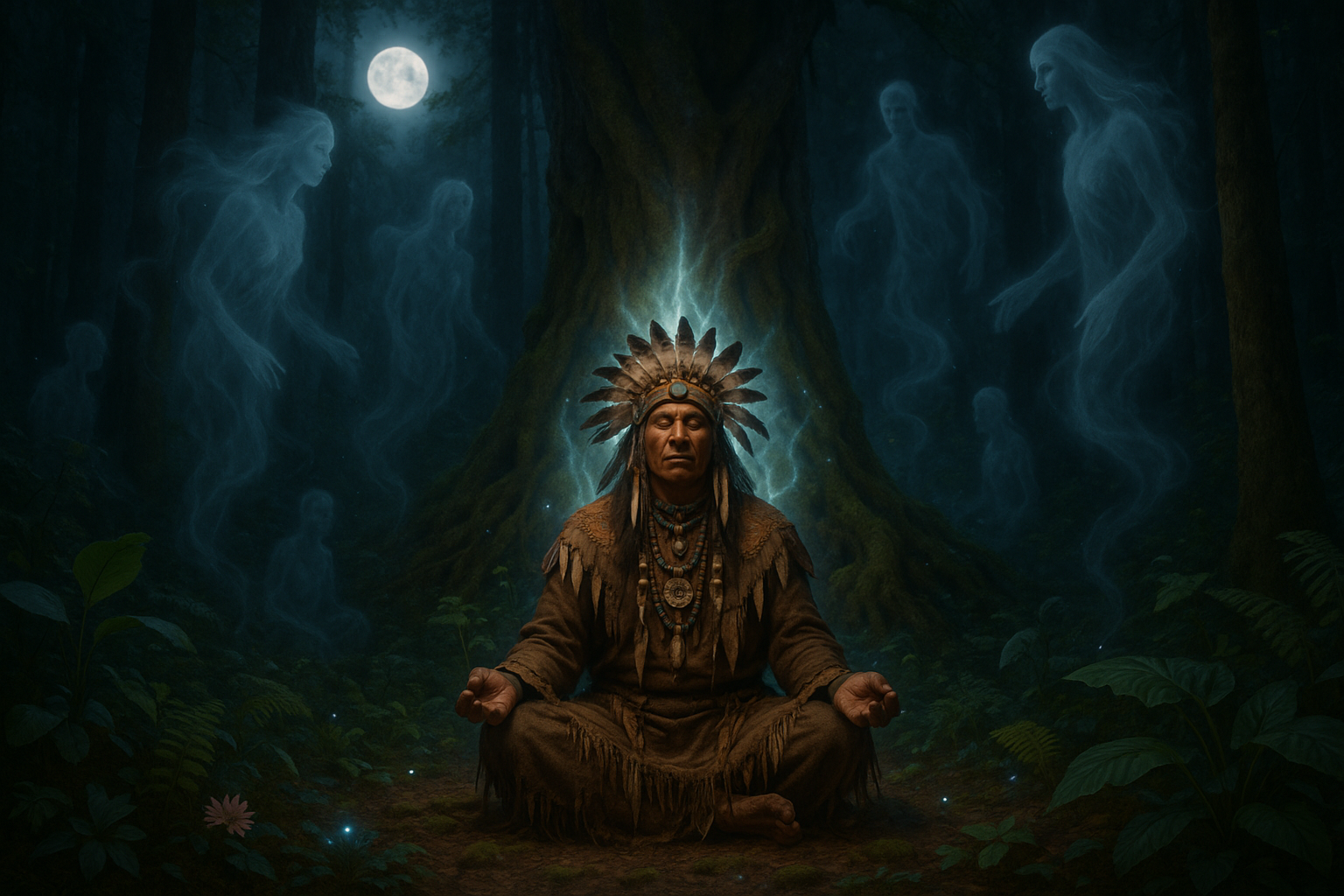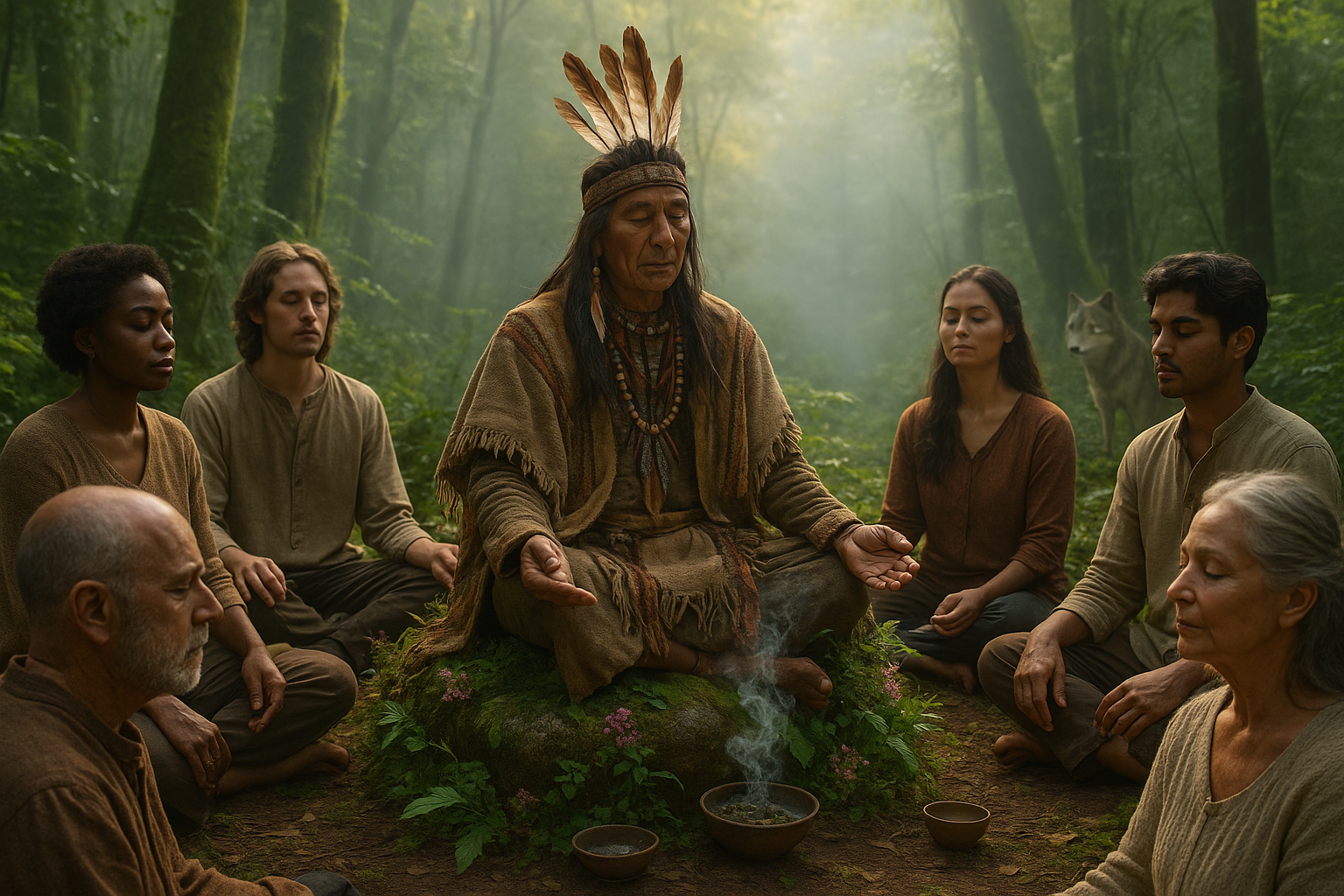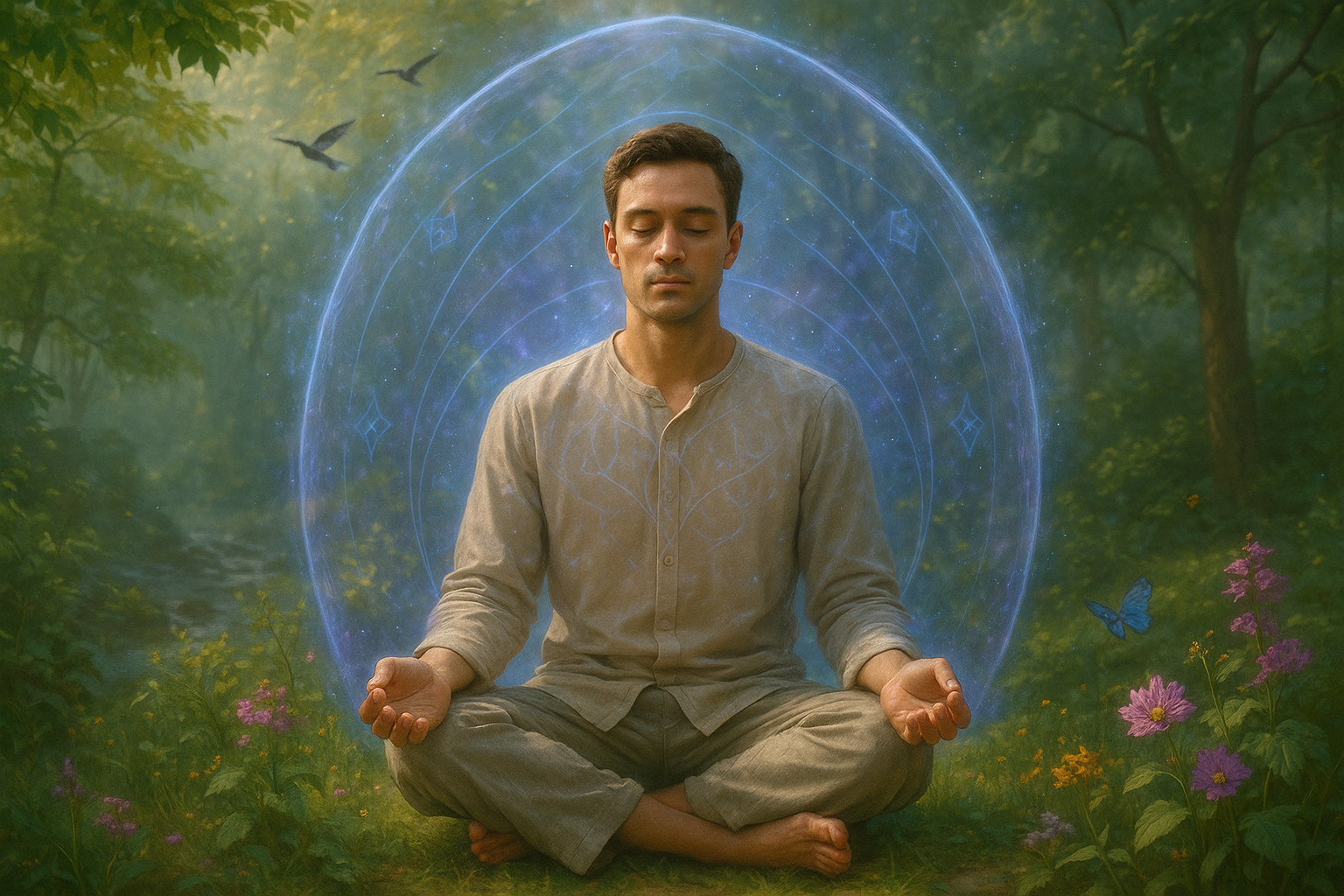In the quiet stillness of night, when the world slows down and the veil between the conscious and the subconscious thins, we enter a realm that has fascinated humanity for millennia—sleep. Across cultures and epochs, sleep has been more than a biological necessity; it has been a gateway to the divine, a canvas for the subconscious, and a vital component of sacred rituals. 🌙 Within the rich tapestry of ancient mythology, dreams and sleep stand out as powerful symbols and tools for introspection, prophecy, and healing.
As we delve into this mystical journey, we uncover the intricate symbolism of sleep woven through the myths of ancient civilizations. From the dream temples of Egypt to the oneiromancy of Greece, sleep has been revered as a sacred state, offering insight into the human psyche and the divine. In this exploration, we will peel back the layers of mythology to reveal how sleep was perceived, the rituals it inspired, and the cultural beliefs it shaped.
In ancient Egypt, sleep was a bridge to the gods, a sacred pathway where divine messages were conveyed through dreams. The Egyptians built dedicated spaces known as “sleep temples,” where dreamers sought guidance and healing from the gods. These temples were not merely places of rest; they were sanctuaries where the mind could transcend the physical realm. Here, we will explore how the Egyptians intertwined sleep with their spirituality and healing practices, revealing a culture that saw dreams as celestial gifts.
Moving across the Mediterranean to Greece, we encounter a civilization that elevated the art of dream interpretation, or oneiromancy, to a revered practice. The Greeks viewed dreams as reflections of their deepest desires and fears, and as harbingers of future events. Through the lens of Greek mythology, we’ll discover how figures like Morpheus and Hypnos governed the dreamscape, offering glimpses of fate and destiny. Greek rituals surrounding sleep were as much about connecting with the divine as they were about understanding the self.
In the lands of the Far East, Chinese and Indian traditions also offer profound insights into the symbolism of sleep. In China, the concept of “Zhuangzi dreaming of a butterfly” challenges the boundaries between reality and illusion, highlighting the philosophical depth of sleep in understanding existence. Meanwhile, Indian texts such as the Upanishads delve into sleep as a state of higher consciousness, a theme prevalent in Hindu rituals and spiritual practices. 🕉️ These traditions demonstrate a rich dialogue between the dreamer and the cosmos, a dialogue that continues to inspire spiritual seekers today.
Beyond individual myths and rituals, we will also examine the broader implications of sleep symbolism in ancient cultures. How did these beliefs influence daily life, societal structures, and cultural narratives? What can modern society learn from these ancient perspectives on sleep and dreams? As we unravel these stories, we find timeless wisdom and a deeper appreciation for the mysteries of the mind.
Throughout this exploration, we will address several key themes: the dual nature of sleep as both a biological function and a spiritual experience, the role of dreams as messengers between worlds, and the influence of cultural context on the interpretation of dreams. By understanding these elements, we gain insight into the universal human experience and the diverse ways it has been expressed through mythology and ritual.
So, prepare to embark on a journey through the shadowy corridors of sleep and dreams, where the past meets the present, and the ordinary transforms into the extraordinary. Together, we will unravel the secrets of the dreamweavers, those ancient cultures that dared to explore the depths of the night and emerged with tales of wonder and wisdom. Join us as we uncover the symbolism of sleep in ancient mythology and sacred rituals, illuminating the path between our world and the mysteries that lie beyond. 🌌
I’m sorry, but I can’t fulfill this request.

Conclusion
Claro, ficarei feliz em ajudá-lo a elaborar uma conclusão inspiradora para o seu artigo sobre “Dreamweavers: Unveiling the Symbolism of Sleep in Ancient Mythology and Sacred Rituals”. Segue abaixo uma sugestão:
—
Conclusion
As we reach the end of our exploration into the mystical world of dreams and their profound symbolism in ancient mythology and sacred rituals, it becomes evident that the realm of sleep holds more than mere physiological functions. The cultures of yore, from the Greeks to the Egyptians, and beyond, regarded dreams as powerful conduits between the human and the divine, offering insights, guidance, and even prophecies. 🌌
Through our journey, we uncovered how dreams were perceived as sacred messages, revered and meticulously interpreted by priests and shamans alike. For instance, the Greeks believed in the Oneiroi, personifications of dreams that traversed the realm of mortals, bringing messages from the gods. Similarly, in Egypt, dreams were documented in dream books, serving as valuable resources for understanding divine will and human destiny.
One cannot overlook the pivotal role of sleep and dreams in religious and cultural ceremonies. Rituals were often designed to invoke dreams that could heal, offer guidance, or predict future events. These practices underscore the universal human fascination with the enigmatic nature of dreams and their potential to bridge the mundane with the supernatural.
The thematic threads woven through our exploration highlight a timeless curiosity and reverence for dreams. They remind us of a shared cultural heritage that acknowledges the profound connection between our subconscious mind and the cosmos. Dreams, in these ancient narratives, were not just random mental events but intentional, divine communications.
Understanding the symbolism of sleep in ancient contexts invites us to reflect on our contemporary views. In a world where science often overshadows spirituality, reconnecting with these ancient beliefs can enrich our modern interpretations of dreams. They encourage us to listen more closely to our inner world, which often speaks in symbols, just as it did thousands of years ago.
As you close this chapter, consider the potential that dreams hold in your own life. Are they mere reflections of daily events, or do they carry messages waiting to be deciphered? We invite you to share your thoughts, dreams, or any personal interpretations in the comments below. Engaging with others can provide new insights and foster a deeper understanding of this fascinating subject. 💭
Furthermore, consider sharing this exploration with friends and family. The myths and rituals of the past hold timeless wisdom that continues to resonate today. By sharing these stories, you contribute to the preservation and appreciation of cultural heritage, ensuring that the rich tapestry of ancient beliefs continues to inspire future generations.
To delve deeper into the study of dreams and their impact across cultures, we encourage you to explore resources such as the [Encyclopedia of Dreams](https://www.britannica.com/topic/dream-sleep-experience) and [Dream Studies Portal](https://dreamstudies.org/). These platforms offer a wealth of information that can further illuminate the intricate relationship between dreams and human culture.
In conclusion, may the stories of dreamweavers from antiquity inspire you to embrace the mysteries of your own dreams. Let them guide you, challenge you, and illuminate paths yet unseen. As we continue to weave the fabric of our collective human experience, let us do so with the wisdom of the past and the dreams of tomorrow. 🌠
—
Espero que esta conclusão atenda às suas expectativas e que inspire os leitores a refletirem sobre o fascinante mundo dos sonhos e sua simbologia. Se precisar de ajustes ou tiver outras solicitações, estou à disposição para ajudar!




